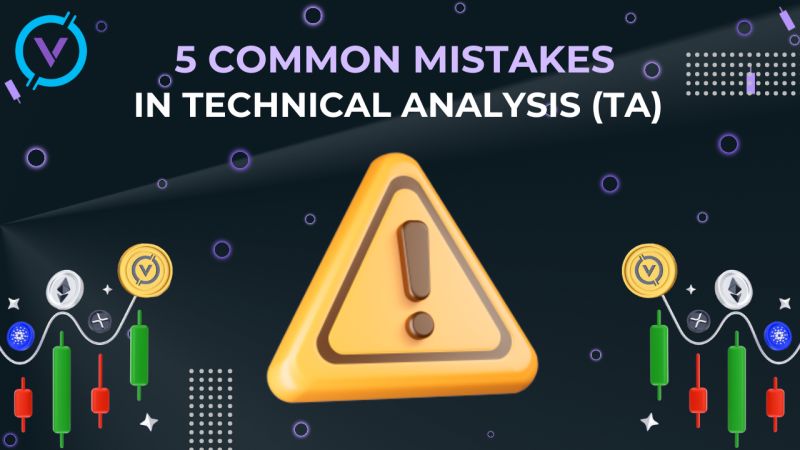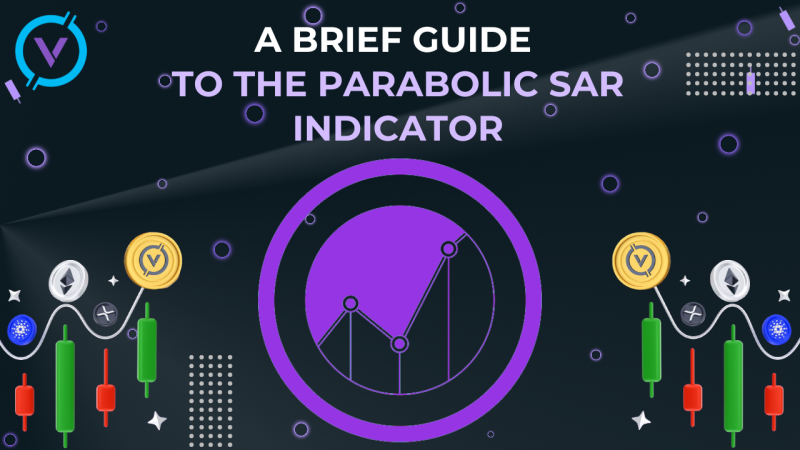The Bollinger Bands technical indicator was developed by John Bollinger. It is popular among traders because it not only measures market volatility, but also provides a lot of useful information.
Let's figure out the features of the Bollinger Band indicator together!
What are Bollinger Bands?
Bollinger Bands (BB) are a widely used technical indicator that reflects current price deviations. As the name suggests, Bollinger Bands are a chart with price channels that reflect a range of volatility.
The Bollinger bands chart consists of three lines: the lower band, the middle band and the upper band. The average band is a 20-period simple moving average (SMA). The upper and lower bands run on both sides of the SMA, and the distance between them is determined by standard deviations. Bollinger bands are constructed in the form of upper and lower boundaries, forming a corridor around the Moving Average.
It looks like this:
- Middle line is MA20
- Upper band is MA20 + (standard deviation x 2)
- Lower band is MA20 – (standard deviation x 2)
Who invented the Bollinger Bands?
The Bollinger Bands indicator, which is used by beginners and experts, was proposed by John Bollinger, an American financial analyst, author and active figure in the field of technical analysis in the early 1980s.
At that time, Bollinger was engaged in options trading, and most of his analytics concerned volatility. Developing his concept, Bollinger took the Keltner Channel as a basis. Bollinger first introduced his concept in 1983.
Why are Bollinger Bands Important in Crypto Trading?
As you probably know, one of the main characteristics of cryptocurrencies is volatility. Digital currencies are relatively new compared to traditional assets, so they tend to react much faster and more significantly to market events and large transactions. That is why a technical indicator that takes into account volatility should help crypto traders better analyze price action and make a better decision.
Trading extremely volatile assets is not easy, especially for beginners. Thus, in order to reduce risks, the use of indicators such as Bollinger Bands can help you more accurately determine the entry and exit points.
How to use Bollinger Bands in cryptocurrency trading?
The use of Bollinger Bands in cryptocurrency trading is no different from using them when trading traditional assets (currency pairs or company shares).
However, you should expect more volatility from digital assets, trading opportunities and signals from this particular indicator.
Here's how you should set the Bollinger Bands depending on the trading style:
- Short–term (day trading) is a simple moving average with a period of 10 and bands with 1.5 standard deviations;
- Medium–term (swing trading) is an SMA setup with a period of 20 and bands with 2 standard deviations. In fact, you don't have to change anything, because these are the default parameters;
- Long–term (positional trading) - use a 50-day SMA and bands with 2.5 standard deviations.
As a rule, when bands narrow during low volatility, you should be ready for a breakout in any direction. However, it would be better to wait for confirmation that the breakout ends with a new trend. This is done in order to avoid the possibility of a single spike or decline. After all, this is the basic idea of the Bollinger line compression strategy, which works well with digital currencies.
Bollinger Bands vs Keltner Channels
Many traders, especially beginners, do not feel the difference between these two indicators at all. But, this is far from the case. Although they look the same, it is important to know about their differences.
Keltner Channel is based on the ATR (Average True Range) indicator, in this regard, Keltner Channel projects the true width of the price range.
The channel consists of two lines along the lower and upper borders of the trading range with a moving average in the middle. However, in fact, these are two completely different indicators: the Bollinger bands show the range of movement, and the Keltner channel determines the beginning of the trend.
Among other things, the boundaries of the Keltner channel, along with the Bollinger bands, are able to determine the oversold / overbought boundaries.
Between the channel Keltner and Bollinger bands have three differences:
- The Keltner channel is smoother than the Bollinger bands. This is due to the fact that the Bollinger Bands are based on the standard deviation, which is less stable than the ATR.
- The Keltner channel is calculated on the basis of an exponential moving average, which is more sensitive than the simple moving average used in Bollinger Bands.
- The Keltner channel is better suited for stock trading, and the Bollinger Bands are better suited for options trading. This is due to the fact that the boundaries of the Keltner channel are at a constant distance from the moving average and give more reliable price benchmarks.
Conclusion
It doesn’t matter whether you are a novice crypto trader or not, Bollinger Bands have been proving their reliability and usefulness in chart analysis for decades. When this indicator is used correctly, it helps to determine in advance a bad or favorable time to enter. Try trading with standard values if you are a beginner and make the appropriate changes according to your trading style.


